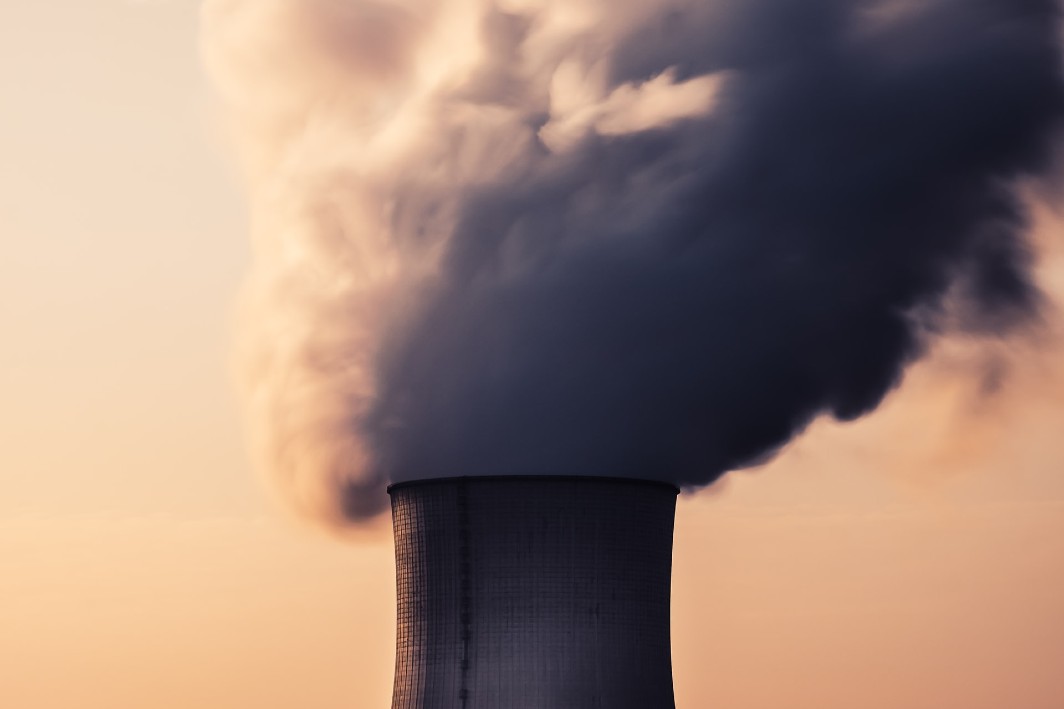Nuclear energy: 5 challenges for the UK to overcome
The government may be just days away from approving a new nuclear power station at Sizewell in Suffolk, strengthening its recent claim that it “remains committed to new nuclear”. Trade union Unite has warmly welcomed the news, saying that it will create “a source of low carbon and reliable energy, as well as a new generation of skilled ‘green’ employment.” But with the long-overdue Energy White Paper yet to be published, it still isn’t clear exactly what role nuclear will play in the UK’s future energy mix, or our strategy for reaching net zero emissions by 2050. We currently generate around 20% of our electricity from nuclear, but decommissioning over the next five years means we will lose around half our existing capacity. If the government intends to reverse that loss with a commitment to new nuclear, we’ve identified five challenges to overcome:1. Nuclear has high upfront costs
Nuclear power plants cost more to build than coal or gas power plants because they are more complex and must meet strict standards in order to be safe. These high upfront costs make nuclear relatively unattractive to investors. The countries that are most active in constructing new nuclear plants tend to be those where the government subsidises more of the capital costs, such as Russia and China. Sizewell C, if it goes ahead as planned, will be built by French multinational energy company EDF. They have previously said that they can reduce construction costs by about 20% by using exactly the same design as for their Hinkley Point C reactor, currently under construction in Somerset. Planning documents released in the summer give the cost (including the 20% saving) as around £20bn. But discussions are still ongoing over how exactly those costs will be met. The UK government is considering taking a stake in Sizewell C, possibly through a funding model that involves a surcharge on our energy bills. (The surcharge would come in before the building work begins, so that it can help to cover the upfront costs.) Hopefully the government will be more realistic about funding Sizewell C than it was when it approved Hinkley Point C in 2012 on the basis that it would receive “no public subsidy”. By 2015 the government was subsidising the project in a variety of different ways. If the subsidy had been agreed at the outset, the Treasury would have gone through a process of assessing the cost implications and exploring alternatives before it was approved.2. Nuclear takes longer to build
A typical nuclear power plant takes over 14 years to get from the planning stage to being operative, and no plant has ever come on stream in less than a decade. This means they require long-term planning, in contrast to renewables projects, which can be up and running quickly in response to shorter-term energy needs. Renewables also win out on flexibility; a wind farm which is 90% built is generating energy, while a nuclear plant that is 90% built is useless until it is 100% finished. The relative slowness of nuclear also makes it harder to decarbonise your energy supply at the speed required to meet climate targets. EDF say that because Sizewell C will be an identical copy of Hinkley Point C, this will save time in the design and planning phase and cut the total construction time to about ten years.4. Nuclear isn’t actually carbon-neutral
Nuclear energy is generated through the splitting of uranium atoms, which doesn’t cause any greenhouse gas emissions, so it is sometimes described as a “zero-emission” or “green” energy source. However, there are emissions associated with mining and refining the uranium. One European Commission report estimates that a large nuclear reactor consumes about 200 tonnes of uranium compound a year. Supplying this would generate between 2,000 and 5,000 tonnes of CO2 annually. Unfortunately, the emissions from supplying the uranium are likely to increase as higher-grade uranium runs out and the industry starts using more energy to extract it from lower-quality sources.4. It may be hard to sell to the public
Last year, the government decided to test the popularity of its climate change policies by bringing together over a hundred people from different backgrounds in a focus group called the Climate Assembly. When its report came out last month, it revealed that 46% of participants “strongly disagree” or “disagree” that nuclear should be part of the UK’s net zero plan. (34% “strongly agreed” or “agreed” and 18% were unsure.) When asked about nuclear energy more generally, a different research study this year found that 32% of British people support it. This is a respectable number, but it is surprising that it has gone down from 38% in 2012, when the Fukishima disaster was fresh in people’s minds.5. We don’t have a plan for the waste
Nuclear power generation creates radioactive waste, which needs to be stored for thousands of years before it is safe. About 80% of the UK’s nuclear waste is stored at the Sellafield site in Cumbria. It is stored securely above ground, but for a few years the government has been exploring a more long-term solution known as geological disposal, where waste is buried deep underground as it decays. The plans for Sizewell C work on the assumption that high-level waste will be stored on site using secure interim storage until such a geological disposal facility is available to store it long-term. Sizewell C’s predecessor and model Hinkley Point C is at the centre of waste-related controversy already, before it is even built, after EDF successfully applied to dump mud from the site off the coast of Cardiff. The move has sparked a debate in the Welsh Parliament and campaigners say the issue “isn’t going away quietly”. Unfortunately, none of the challenges around nuclear are set to go away either. If Sizewell C signifies a new commitment to nuclear from the UK government, the forthcoming Energy White Paper will have to include some creative solutions.
If the content of this or any of our articles has interested you, please get in touch for a no-obligation chat with our industry-leading experts at Sustainable Energy First.













